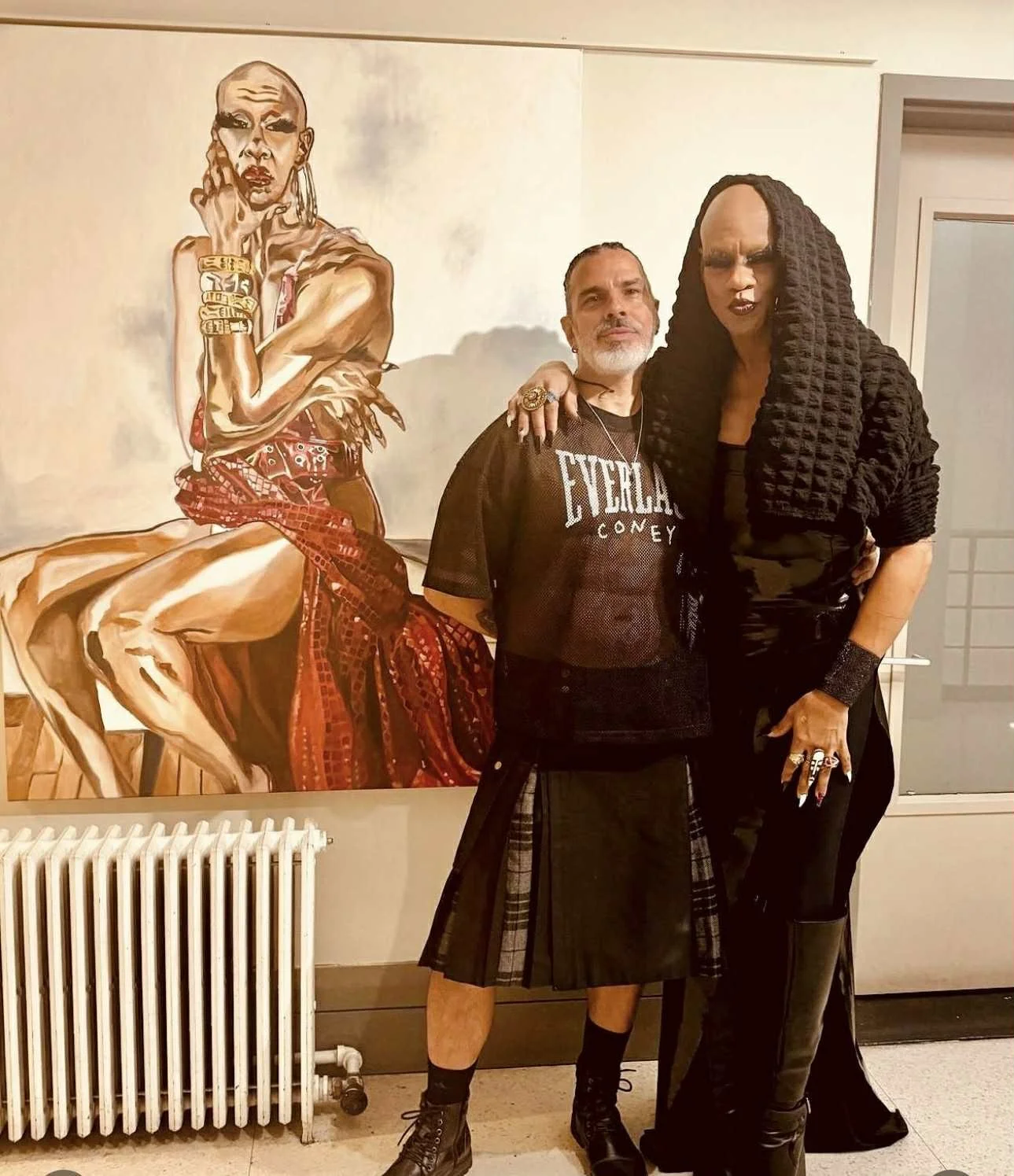In Chapter 5 of Translocal Geographies (“London: Belonging and ‘Otherness’ among Polish Migrants after 2004”) Ayona Datta discusses how Polish migrants attempt to settle into London-as-home mostly through “produc[ing] and reproduc[ing] social forms that belong to particular nation states” and moving from place to place in order to work; these moves have the migrants primarily skirting around the London they believed they would be living in and living in neighborhoods that constitute the “other” London, the ethnic London, the poor London, the less opulent London—the London that does not represent the West (Shakespeare, The Beatles) that these migrants imagined.
The chapter makes me think about the state of African Americans—particularly in NYC.
As a teacher in Harlem New York, I have several times taken my African American students to museums and Broadway shows. “Why are we the only Black people here” has been a common question on these outings. Though these students were born and raised in New York City, these trips to midtown and downtown Manhattan (Union Square, 5th Avenue, Broadway) were, for many of them, the first time that they were seeing the “other” NYC.
Though my African American students are not migrants, one can argue that they seem to have formed (or have been born into) a type of “ethnoscapes” that Datta describes. Many of my students are trapped in the ethnoscape of Harlem (of Blackness) they live there, they go to school there, they work there.
New York City has a history of purposefully segregating neighborhoods. Redlining, gentrification, white flight, all play a part in ensuring that Black people live among Black people—and away from white people. Compounding this, America has a history of economically marginalizing Black Americans. One can argue given these two facts that white Americans have historically treated Black Americans as though they are migrants in their own country: unable and unallowed to participate in the America advertised in mass media, in televison programs, on Broadway.
Like the Polish migrants in Datta’s chapter, Black Americans have had to invent their way in and around the America that is denied them: the America of equality and prosperity and opportunity. But unlike the Polish migrants , the concept of an ethnoscape for Black Americans comes in the form of a separate-American-culture—or black nationalism.
Wahneema Lubiano states that “black nationalists have detailed for black Americans an origin and a destiny outside the myth of ‘America’. One can read Lubiano’s use of the term “cultural imperialism” as a substitute or alteration to Datta’s term “ethnoscape” when it comes to Black Americans. “Lacking a homeland and a sovereignty”, Lubiano continues, “culture is all we can ‘own’”. Black Americans have, in short, created an “other” American culture and an “other” America while, at the same time, attempting to infiltrate the white America (its economic institutions, its educational institutions, its political institutions including its presidency) that is theirs by right of birth, history, and the very constitution that shapes white America.
Recently, however, a revolution has gripped the nation as a whole and it seems infiltration is no longer working at a satisfactory pace. As Black America has done in the 60’s, Black America is once again beginning to make demands on white America; these demands fall into the realm of Datta’s view of how the Polish migrants in London had to live in the “other”, ethnic London (a territorial concept) in that Black Americans are usurping what has been assumed (and practiced) as de facto whites-only spaces.
Two of the most outstanding examples of this usurpation are Broadway’s “Black Out” where Broadway shows are reserved for Black-only audiences and the BLACK LIVES MATTER street mural freshly painted on 5th Avenue in front of a building owned by white America’s current president.

